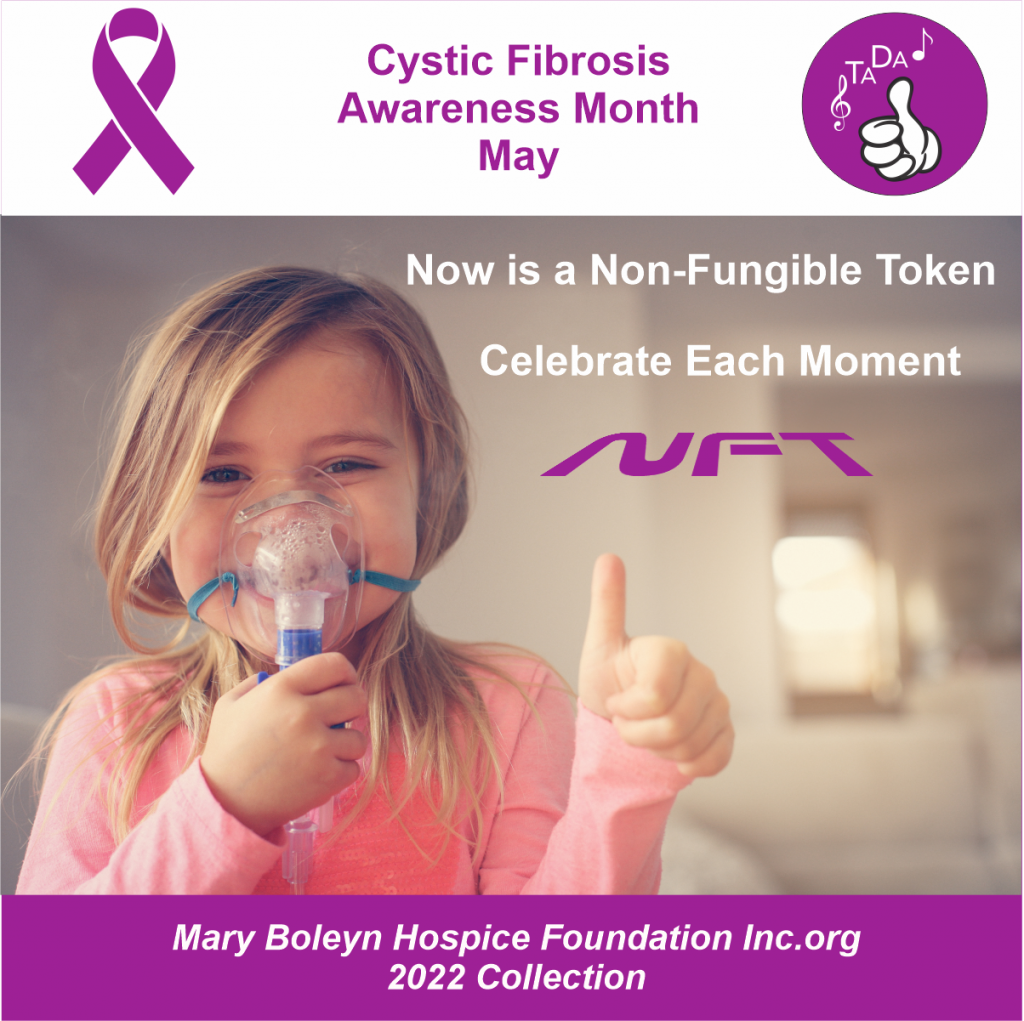May 20, 2022, marks the beginning of my prostate cancer treatment. I began taking Bicalutamide TID for thirty days. This chemical starves the cancer cells of testosterone, which encourages cancer cell growth. It also has a long list of side effects, fatigue being one. After the first dose, I slept for hours during the day.
Treatments coming up include a bone scan to rule out metastasis to the spine or pelvis. Then an injection of a potent testosterone inhibitor to reduce the PSA measurements even lower. Following an MRI to map the reduced prostate size for radiation therapy alignment.
Once radiation begins, there will be daily treatments for four weeks, M-F. Following radiation, there will be regular hormonal blocking injections for eighteen months. Although longevity is expected to be better than without treatment, there is no guarantee cancer will not return either in the prostate or typically in the spinal cord.
I am being seen at the VA by a resident, Alex Joseph Gooding along with Dr. Lee, both from Duke Hospital. So far Dr. Gooding has been helpful, however, lacks complete honesty and has advised the Rad/Onc department has no means to convey to patients a written treatment plan. Although Dr. Gooding has agreed to provide his personal rendition in writing, I am shocked at the lack of professionalism for such a life-impacting treatment. Even dentists provide patients with a treatment plan including timing for procedures.
With trust and confidence being considered, I requested Dr. Gooding avoid the use of any team member of Dr. Gingrich from the VA Durham Urology acting on my case. The case against Dr. Gingrich with regards to ethics and legal responsibility continues to be developed and filed with the appropriate authorities.
With regards to diagnosis, the timeline to now has been studded with agonizing patient failures from the VA establishment along with delays caused by poor communication from the VA Urology department and the pandemic conditions of the last two-plus years.
Here is a post I made on Reddit/Army
If you’re a Vet with a prostate, listen up.
I was twelve when my Pop was diagnosed with prostate cancer. He was seventy-two at the time. He endured a radical prostatectomy and went on to live many more years.
That event impacted the rest of my life in so many ways, not the least was I would begin testing my PSA in my early thirties during every annual checkup. In the back of my mind, the thought lingered that my Pop’s history would someday find a roost in me.
Faithfully, each year’s physical included a PSA test. PSA is a method of measuring the possible advancement of prostate cancer. Normally, a PSA number is low, one to three. With age, men’s prostates begin to enlarge, and the PSA tends to increase slowly.
In my case, I began to see three to four PSA readings in my VA checkup. I certainly had enough time to research the most current treatments and outcomes leading to the least lifestyle discomforts.
Being proactive toward physical and mental health is critical for every Vet. If it’s to be, it’s up to me, when it comes to health care is just good thinking. So, my journey began.
As I reached the same age as my father, it became obvious my DNA was not going to be talked out of expressing itself when the PSA reached five. I knew it was time to act. This is when the VA healthcare system began to lose its luster for me.
The latest medical research indicates that an MRI be initially used to define any abnormalities in the prostate and suggest if any cancer cells have spread to bone or lymph nodes. In addition to a diagnostic tool, the MRI imaging is then used to define an area for biopsy for the final diagnosis of cancer. Five years ago, I began asking for an MRI. I was shocked at the response of the VA urology department.
My initial request was literally scoffed at by my VA urology clinic, and I quote: “The VA is socialized medicine. We can’t afford an MRI for you.”
His alternative was we will schedule you for a blind biopsy. When questioned about the invasive procedure and the complications that can arise, I was left with a take it or leave it solution. I chose to leave it and search for a better solution.
Fast forward five years and this is what I have been able to do to vastly improve my cancer outcome. I started by persisting in getting an MRI, which required convincing another department to order it. The urology department responded to the results on my health chart with a short note stating that “he was offered a biopsy multiple times and declined.”
It was time to stand my ground. Through internal messaging, I began requesting to have my file transferred to another VA facility, while at the same time requesting a transfer to Community Care.
Following the initial transfer decline and two years of persistence, I received notice of Community Care acceptance. I would now be seen at one of the best US cancer clinics. Suddenly, the care I needed was being covered by the same system that refused to listen to my requests and put me through years of unnecessary suffering.
In conclusion, when it comes to prostate cancer treatment, the VA may not be the best treatment choice, however, by being persistent, Vets have the ability to take some control over their treatment outcome. The latest non-invasive treatment for localized prostate cancer is HIFU, a high-intensity focused ultrasound. The accuracy of treatment is considered a “cure”. It is an outpatient procedure with little to no side effects.
Prostate cancer is often overlooked due to the symptoms not showing up until after a metastatic spread. If your father had prostate cancer, your probability is very high. If you have not had a PSA blood test and you are over 50, request one. Stay safe. You’re worth it.
Back to the VA
I was seeing Dr. Robertson at Duke for a possible HIFU treatment. Following an MRI/Ultrasound overlay biopsy, a Gleason 8 score excluded HIFU as an option, due to the score alone.
When he referred me to Dr. William R. Lee at Duke for a radiation consult, I was returned to the Durham VA facility as Dr. Lee has hospital privileges at both Duke and the VA. Understandably, it is less expensive for the VA to use his services there. I found him to be knowledgeable with a fair amount of bedside manner. He does have an inflated ego for his importance and lacks humility in patient communication.
This process of treating my cancer feels like the football adage, fourth and goal. I have added anything is possible and everything is on the line. Stay tuned.





